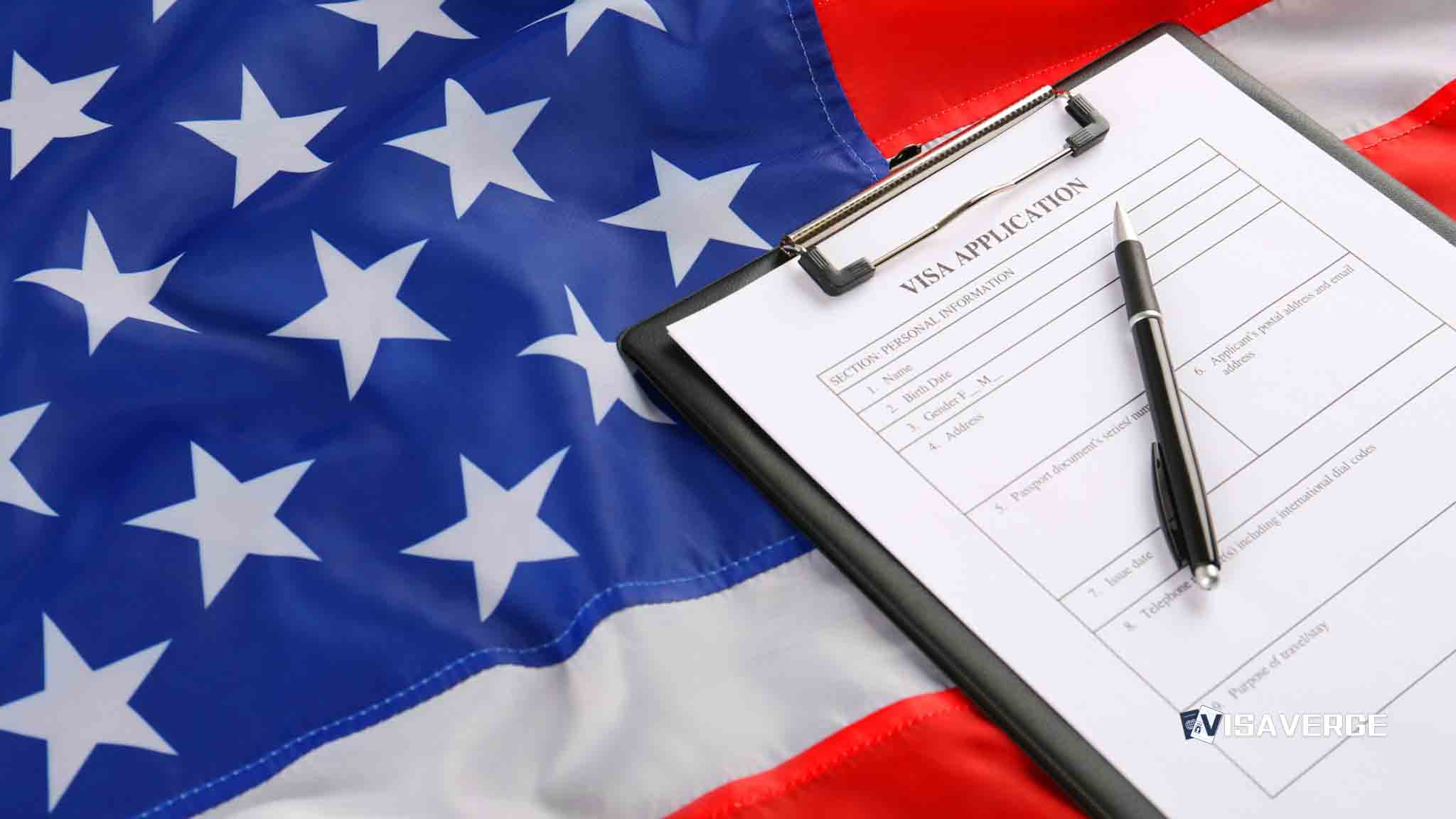Understanding the I-140 Process
Navigating the immigration landscape can be challenging, especially when it comes to employment-based visas. The I-140 form, officially known as the Immigrant Petition for Alien Worker, is a crucial step for foreign nationals seeking permanent residency in the United States through their employment. Ensuring a smooth application process is not just recommended, it is essential.
Best Practices for Preparing Your I-140 Petition
To facilitate a stress-free I-140 process, here are best practices that applicants and their employers can follow:
Start Early and Be Organized
Timeliness is vital in the immigration application process. Start gathering all necessary documents well in advance of the filing deadline. This includes labor certification, evidence of the beneficiary’s qualifications, and employer financial statements. Keeping a checklist and organizing your paperwork can save you from last-minute hassles.
Ensure Accuracy in Your Petition

An error-free petition is a fundamental aspect of a smooth immigration application. Double-check all forms for any mistakes and ensure that all information is consistent across different documents. Discrepancies can lead to delays or even denials.
Stay Informed on Policy Updates
Immigration laws and policies can change, and staying updated is crucial for a successful I-140 process. Regularly visit official resources such as the U.S. Citizenship and Immigration Services (USCIS) for the latest information.
Seek Legal Advice
Immigration law can be complex, and seeking professional legal advice is often in your best interest. Experienced immigration attorneys can guide you through the process, helping to ensure adherence to all regulations and requirements.
Maintain Open Communication
Clear and continuous communication between the applicant, employer, and legal counsel is vital. Keeping everyone informed every step of the way can help identify and address issues quickly.
After Filing: Monitoring and Responding to USCIS
Once you have filed the I-140 form, your job isn’t over. You need to:
Monitor Your Case Status
Use the USCIS online case status tool to keep track of your petition’s progress. Immediate action on any requests from USCIS can help avoid unnecessary delays.
Be Ready for Requests for Evidence
If USCIS requires additional information, be prepared to respond promptly to the Request for Evidence (RFE). Ensure that your response is thorough and submitted before the deadline.
Plan for Potential Delays
The I-140 process can be unpredictable. Be prepared for potential processing delays and have a plan in place for how they might impact your employment and stay in the U.S.
In conclusion, a smooth immigration application hinges on foresight, meticulous detail, and adherence to guidelines. By applying these best practices for the I-140 process, applicants and employers can navigate the system more efficiently and increase the likelihood of a positive outcome. Remember, patience and careful preparation are your best allies in achieving your immigration goals.
So, there you have it, my tech-savvy friend! Navigating the I-140 process may seem daunting, but with some organization and a few chuckles along the way, you’ll be on your way to that coveted green card. Remember to visit visaverge.com for more helpful tips and tricks. Good luck, and may your immigration journey be as smooth as a software update!
FAQ’s to know:
FAQ 1: What is the purpose of the I-140 form in the immigration process?
The purpose of the I-140 form, or the Immigrant Petition for Alien Worker, is to enable foreign nationals to seek permanent residency in the United States through employment-based visas. It is a crucial step in the immigration process, allowing employers to petition on behalf of foreign workers who possess the necessary qualifications and skills required for specific job positions in the United States.
FAQ 2: What are the best practices for preparing an I-140 petition?
To ensure a smooth I-140 process, here are some best practices to follow:
- Start early and be organized: Begin gathering all necessary documents well in advance, maintain a checklist, and organize your paperwork to avoid last-minute issues.
- Ensure accuracy: Double-check all forms and information for errors or inconsistencies to prevent delays or denials.
- Stay informed on policy updates: Regularly visit official resources like the U.S. Citizenship and Immigration Services (USCIS) for policy changes that may affect your application.
- Seek legal advice: Immigration law can be complex, so it’s advisable to consult experienced immigration attorneys to guide you through the process and ensure compliance.
- Maintain open communication: Stay in touch with your employer and legal counsel, providing updates and promptly addressing any issues that arise.
FAQ 3: What should be done after filing the I-140 form?
After filing the I-140 form, it’s essential to perform the following tasks:
- Monitor your case status: Use the USCIS online case status tool to track the progress of your petition and be aware of any updates or requests from USCIS.
- Be prepared for Requests for Evidence (RFE): If additional information is requested by USCIS, respond promptly to the RFE with a thorough and well-prepared response before the deadline.
- Plan for potential delays: Understand that the I-140 process can be unpredictable, so develop a contingency plan to manage potential processing delays and the impact they may have on your employment and stay in the U.S.
What did you learn? Answer below to know:
- True or False: Starting early and staying organized in the I-140 process can help prevent last-minute hassles.
- What should applicants do if they receive a Request for Evidence (RFE) from USCIS?
a) Ignore the request
b) Submit a response promptly and thoroughly
c) Wait for USCIS to follow up again
d) Request an extension for the deadline - Why is seeking legal advice recommended during the I-140 process?
a) It guarantees approval of the petition
b) It simplifies the application process
c) It helps ensure adherence to regulations and requirements
d) It eliminates the need for monitoring the case status













